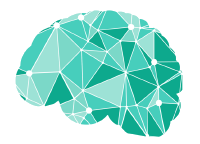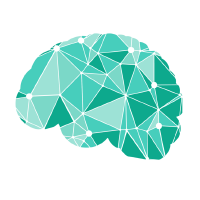Sebastien was born in August 1986 in Annemasse, France. He received his MSc degree in Communication Systems from the School of Computer and Communication Sciences of the Swiss Federal Institute of Technology (EPFL), Lausanne, Switzerland, in 2011.
Between February 2011 and May 2012, he worked for the Ultrasound Physics Department of the Geneva Research Center of Bracco Imaging, focusing on the development and support of ultrasound contrast products. In the context of his M.Sc. Thesis, supervised by Prof. J.-P. Thiran and Dr. Marcel Arditi, he adapted an efficient graph min-cut segmentation method for the tracking of carotid plaque in dynamic contrast-enhanced ultrasound (CEUS) modality. After that, Bracco offered him a contract R&D Engineer position to integrate the method developed into VueBox ™, a Bracco-developped perfusion quantification software tool.
Between October 2012 and September 2016, he pursued a PhD at the Center for Biomedical Imaging (CIBM) and the Medical Image Analysis Laboratory (MIAL) of the University of Lausanne (UNIL), under the supervision of Prof. Reto Meuli and Dr. Meritxell Bach Cuadra, with the support of the Swiss National Science Foundation (SNF Grant 141283). He developed novel image processing methods for automated fetal brain magnetic resonance image analysis. A set of C++ tools, necessary to perform the whole reconstruction pipeline, was made publicly available through the MIAL Super Resolution Toolkit (MIALSRTK).
Since March 2017, he joined Hagmann’s Group and he is currently working as a postdoctoral fellow within the Brain Communication Pathways Sinergia Consortium, with the support of the Swiss National Science Foundation (SNF Sinergia grant CRSII5_170873). He is in charge of the coordination of data processing as well as the development of the new release of the Connectome Mapper, following best practices for reproducible and replicatable open neuroscience.

